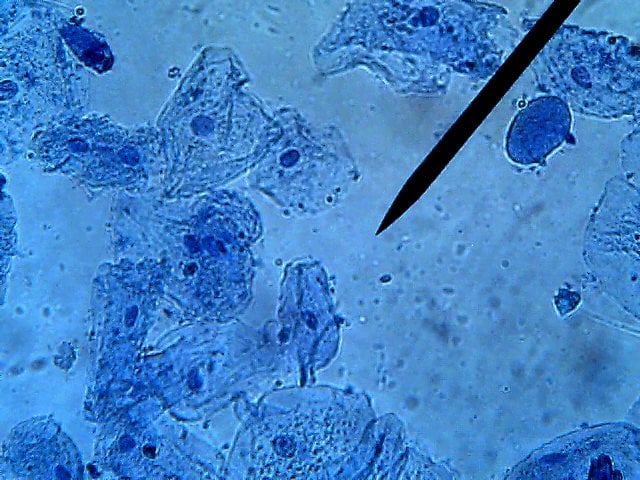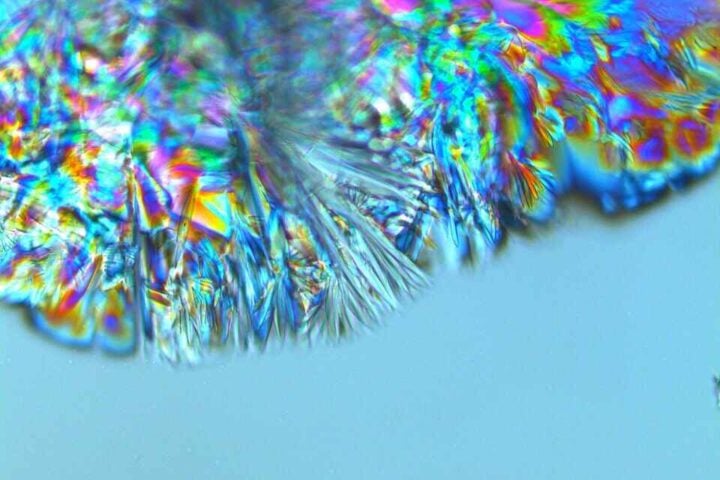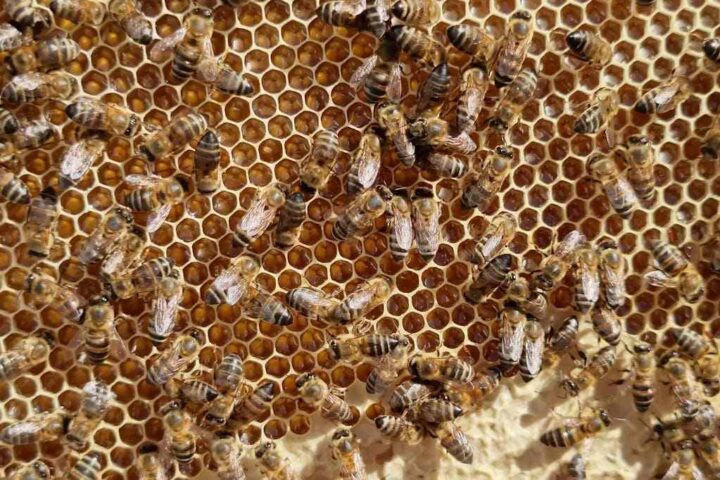Consuming dark chocolate can have severe effects for contain increasing number of people who observe dark chocolate as a healthy treat. It reduces heart disease, improves brain function, and is a powerful source of antioxidants. It has several health benefits which make consumers prefer dark chocolate over other confectioneries. Recent studies by Consumer Reports have found that dark chocolate has the presence of harmful heavy metals such as lead and cadmium, which can result in various health risks upon consumption. Heavy metals like lead, cadmium, arsenic, mercury, and others are released into the environment by pollution, traffic, mining, industrial waste, dumping waste into water bodies, combustion, and other human activities. These substances are highly toxic to human health because of diseases like cancer and kidney disorders. They enter the food chain in various ways.
HOW DO LEAD AND CADMIUM ENTER INTO CHOCOLATE?
Chocolate is made from cocoa beans which have two components: cocoa solids and cocoa butter. Dark chocolate contains 50-90% cocoa solids. The two metals enter the beans in different ways. Research by Consumer Reports suggests the lead is found on the outer shell of the cocoa beans postharvest. While experimenting, the researchers observed low lead levels after beans were picked. But when they are left to dry in the sun, levels of lead increase. Dust particles carry lead which in turn settles on their outer shells. If this metal is exposed to our foods it may lead to severe kidney malfunction and high blood pressure.
The report also suggests cocoa plants absorb cadmium from the soil during their growth. Danielle Fugere, the president of ‘As you sow’, a non-profit organization that aims to promote corporate social responsibility, suggests certain practices that will help minimize the amount of lead in cocoa beans. Some of the measures he took are as follows:
- Drying beans on tables or cleaning tarps away from roads could prevent dust or soil from coming in contact.
- Use protective covers.
- Remove the metal contaminants during the cleaning process at factories.
According to the report, DiBartolomeis, a toxicologist and former official at the California Department of Public Health has conducted research on heavy metals in chocolates. He suggests replacing older trees with younger ones. Since cadmium levels increase as the plant grows old. Also, removing contaminated soil, and genetically engineering plants to absorb less amount of heavy metal will help in lowering cadmium levels.
KNOW THE LEAD AND CADMIUM LEVELS IN DARK CHOCOLATE
Consumers Report says that industries are trying their level best to reduce the levels of heavy metals. The CR tested 28 dark chocolate bars to determine the level of lead and cadmium. For this purpose, they have used California’s maximum Allowable Dose Level for lead (0.5 micrograms) and cadmium (4.1 micrograms). These metals are toxic even in fewer amounts.
However, the presence of heavy metals can only be minimized to lower the risk of health disorders. According to the demographic dark chocolate is eaten by all age groups. The presence of toxins can have irreversible effects. Heavy metals are present not only in dark chocolates but also in cake mixes, mushrooms, and sweet potatoes, mercury in fishes, arsenic in rice, etc. Effective measures are introduced to reduce toxins in food products. We need to address the problem at an individual level and try to reduce harmful human activities that can lead to less toxic emissions in the air and water.
Here are some better ways to eat dark chocolate mentioned in the report:
- Choose dark chocolates that have the lowest levels of heavy metals. You can check out the list on their site.
- Have dark chocolate with a low cocoa percentage.
- Try having fewer chocolate products.
- Be cautious of greenwashed products (packaging may show nature pictures or words like organic)
- Having dark chocolate frequently may prove to be fatal.
As consumers are getting more aware and health conscious, the sphere of health-oriented business has enhanced. It is necessary that we completely know about the advantageous as well as detrimental results of what we intake.


















